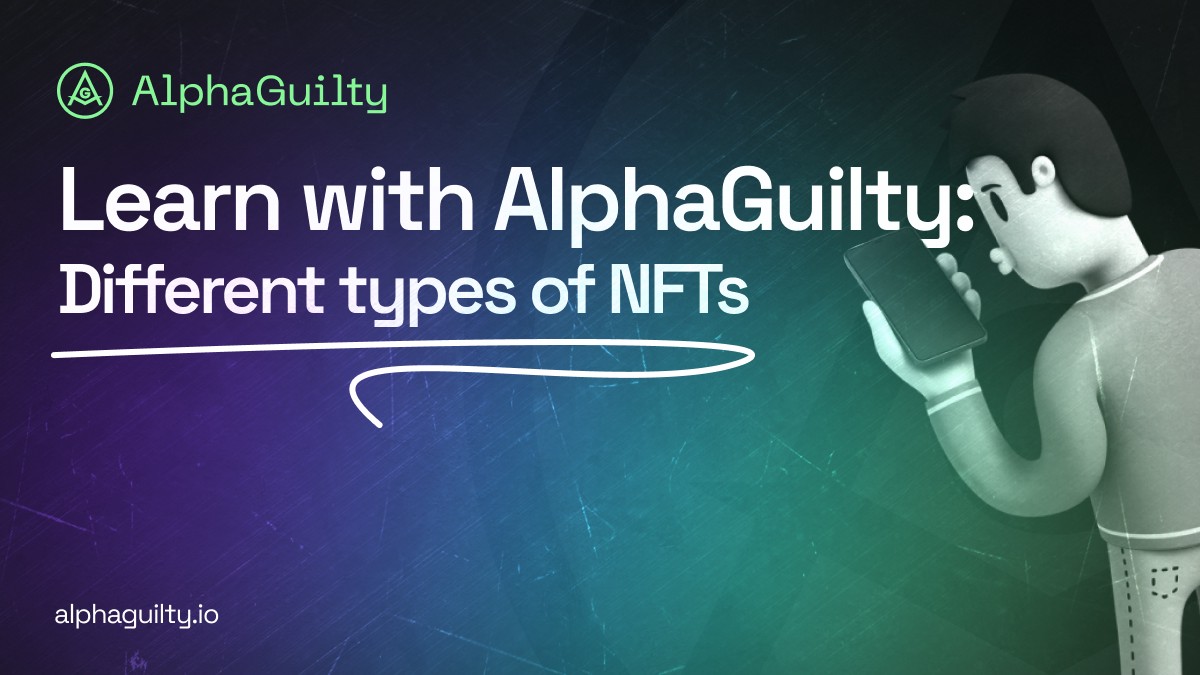
Due to the nature of NFT as a unique and irreplaceable certificate of digital asset ownership, an asset can take various shapes and forms and provide unique functionality. Almost anything could be linked to a Non-Fungible Token, and this article serves to show the sheer variety of the market through the types of NFT presented below:
1) Collectibles.
Blockchain-based collections of cards. People can buy and collect “cards,” trade them with others or sell them for the market price, reaching millions of dollars. “Curio Cards” was the first NFT collection featuring various cute pictures resembling the collectible card sets. However, everyone knows the famous “Bored Ape Yacht Club,” the largest NFT avatar by market capitalization. The collection consists of 10,000 algorithmically generated unique pictures of a primate with tired eyes. At the end of January 2022, BoredApeYachtClub#232 was sold for 1080.69 ETH (over $2.8 million).
2) Art.
The most popular NFT type is art (mainly in the form of digital paintings). NFT market is an easy way for an artist to try to monetize their talent. Naturally, many artists present their works in the form of NFTs providing public certificates of authenticity and ownership, separating NFTs from simple JPEGs. Digital artwork is being sold for enormous money, competing with traditional forms of artistic expression. For example, the most expensive transaction occurred in March 2021, when ‘The First 5000 Days’ artwork was sold for $69.3 million! Of course, art comes in many forms. Musicians sometimes pre-release their albums before actual release or sell a “share” in the album, allowing investors to earn respective “dividends” from the album sales. “When You See Yourself” by Kings of Leon is an example of an album sold as multiple NFTs. Musicians are digging into various forms of NFTs. One of the founders of Heavy Metal, Ozzy Osbourne, has his NFT collection, CryptoBatz, which is marketed to connect with other NFTs like Bored Ape Yacht Club pictures. Memes, as an undeniable art of the XXI century, memes are objects of the NFT market as well. Sometimes, heroes of the meme are the actual people who sell them, like Kyle Craven, who has sold the “Bad Luck Brian” meme with his face on it for $36,000.
3) Play to earn/Metaverse.
NFT technology has firmly planted itself into gaming, giving rise to Play2Earn formats. P2E games allow in-game rewards and created characters to be converted into NFTs and pieces of Metaverse. The virtual social world, like a real one, has a personality, and items that the character has in possession (ranging from land to fashionable clothes) are the most important thing in games focused on social connection.
4) Domain names.
Cryptodomains may not be fully supported by some browsers yet. Still, these blockchain-minted domains provide unique functionality like linking to crypto-wallets, and they are obtained much easier than traditional domains while simultaneously not depending on any centralized authority. The most popular domain is “.eth,” and this market is only expected to grow and gain more support shortly.
5) Tickets.
Tickets for various events can also be minted as NFTs through blockchain, so it becomes possible to buy them with cryptocurrencies, further linking blockchain technologies to the real world and allowing cryptocurrency to function as money. This also eliminates the possibility of forgery and opens additional opportunities for the ticket owner to sell it later as an essential piece of history.
6) Sports moments.
Ticket sale is not the only NFT category connected to sports events. Sports Memorabilia NFTs are a hot market because each token is genuinely unique, a memorable sports moment clip, so it cannot be replicated. One of the most expensive sports memorabilia is a clip of LeBron James dunking the ball during the American NBA Championship sold for over $380,000.
7) Real-world assets.
NFTs can be used in the real world, as seen before. Real World Asset NFT (rwaNFT) is a token that proves ownership of a physical object, so it functions just like a regular NFT, but the asset tied to the NFT is not digital. NFTs of this type have the potential to be the future of legal ownership of real assets because they can theoretically establish legal contracts of ownership, warranty, and insurance and be transparent and impossible to forge.
8) Everything else.
The world of NFT is vast, and literally, everything can be minted into an NFT, so this list can never be exhaustive. Brief NFT history has had a lot of examples that could not fit into any category presented, for instance, tweets, blogs, posts on social media, and many other forms of assets that fall under the unique definition of a Non-fungible Token.
To conclude, the nature of NFT technology allows for almost anything to be sold on the free market digitally or otherwise while ensuring transparency and irrefutability of transactions. It is impossible to say whether new forms of NFT will appear or not, but undoubtedly, the market will continue to grow and, most importantly, evolve.